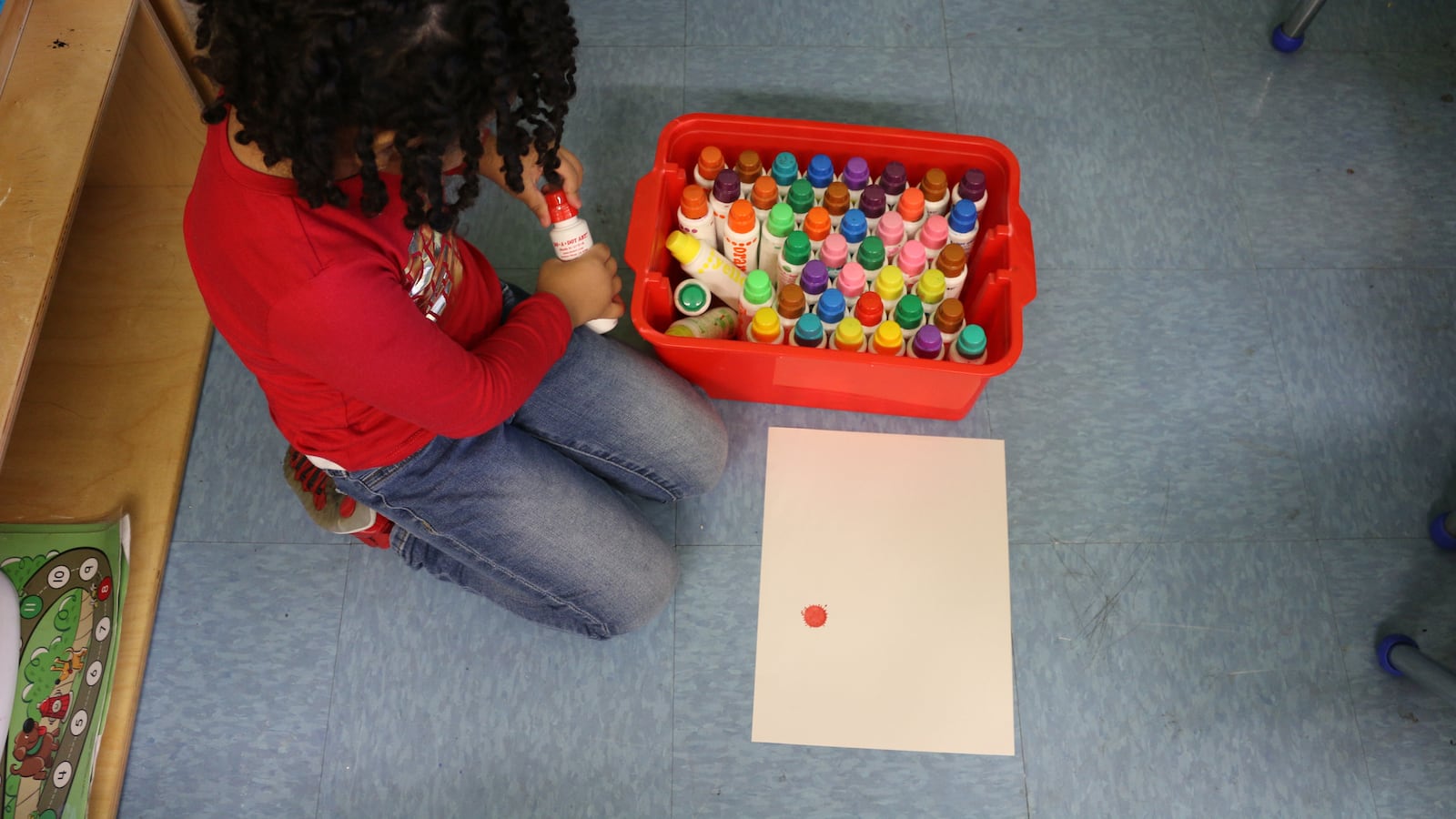The New York City education department is gearing up for a high-stakes takeover of publicly funded early childhood programs, and care providers have big questions about how they will fare in the transition.
More than 100 organizations have submitted responses to the city’s plans to shift responsibility of child care programs from the Administration for Children’s Services to the education department. How the city responds could have major implications for New York City’s early childhood plans, which have relied heavily on community-based centers to expand free pre-K to the city’s 3- and 4-year-olds.
Done well, the transition to education department oversight could help streamline a sometimes disjointed system and boost quality of care for New York’s youngest learners. But in an industry often marked by thin margins and high turnover, the city also runs the risk of unintentionally destabilizing existing programs.
“How is it all going to be brought together?” asked Lisa Caswell, a senior policy analyst for the Day Care Council of New York, which represents publicly funded, community-based child care centers across more than 200 sites.
The council was among those to submit a formal response to the city, pleading for more details about how the shift will occur and the implications for center budgets. The transition to the education department will be complete in 2020.
While the city has pledged to guarantee a portion of centers’ funding, the council asked for more concrete details about what will be covered. Providers want to ensure they can meet fixed costs such as rent — especially in gentrifying neighborhoods — and make sure they can remain open even if enrollment fluctuates.
Also among the council’s asks: money for repairs for centers that are in NYCHA buildings and for help recruiting students. About 100 child care centers operate in public housing facilities, which are collectively in need of billions of dollars in fixes. The concern is especially acute if such centers are ever to attract economically and racially diverse groups of children, which the city has said is a goal.
“How do you make a NYCHA child care center with high needs of repairs attractive to a middle class family?” asked Mai Miksic, a senior research analyst for the council. “If you want to have a fully integrated system, which we all desperately want, you have to fully think about how it’s going to happen.”
So far, the city’s feedback to such concerns has been “reassuring,” Caswell said, with pledges to help centers make sure seats are filled and that budgets are stable. But the city faces a steep challenge in addressing the needs of such a vast system of providers, who work out of living rooms, basements, and centers large and small.
Education department spokeswoman Isabelle Boundy said the community’s concerns will be addressed in a forthcoming memo. She added that the city’s plans have been crafted with input by organizations such as the council, which has served on two different advisory groups.
“Bringing early education programs under the DOE will support quality and make enrollment easier for children, families, and providers citywide,” Boundy wrote in an email. “We’ve worked closely with community-based providers to make Pre-K and 3-K for All a reality, and these providers continue to play a critical role as we take this exciting next step.”

